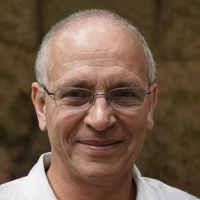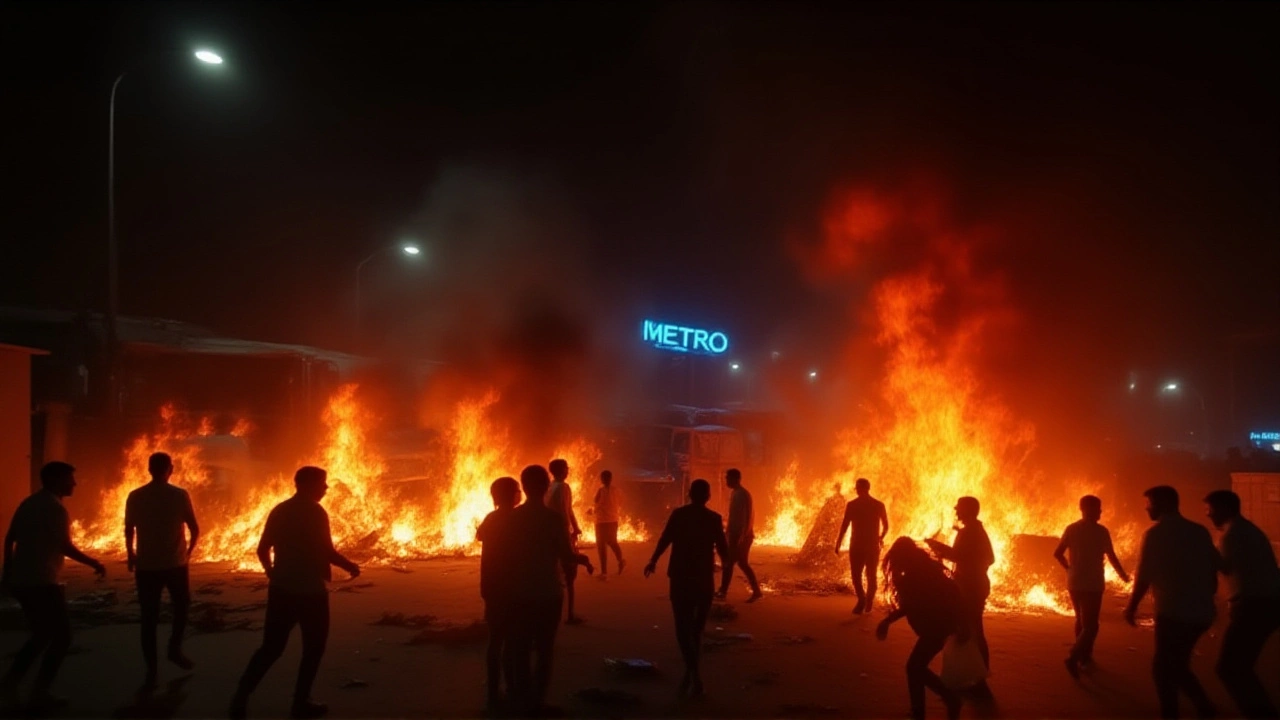A thunderous explosion ripped through the evening rush hour near Red Fort metro station in Delhi on Monday, November 10, 2025, killing at least thirteen people and injuring more than twenty. The blast, suspected to involve ammonium nitrate, tore through a cluster of parked vehicles and auto rickshaws just steps from the 17th-century Red Fort—a UNESCO World Heritage Site and one of India’s most iconic landmarks. The timing was chilling: 6:45 p.m., when the station typically swarms with over 50,000 commuters. Survivors described a wall of fire, the smell of burnt plastic and metal, and the silence that followed—broken only by screams and sirens.
Chaos in the Shadow of History
The explosion flattened at least four cars and damaged a dozen more, scattering debris across the narrow lanes of Chandni Chowk. Emergency responders found charred bicycles, shattered glass from nearby shops, and a single shoe still laced, lying near the crater. Delhi Metro Rail Corporation shut down the entire Yellow Line for 12 hours. Hospitals like Sir Ganga Ram Hospital and Lok Nayak Jai Prakash Narayan Hospital rushed to treat burn victims, many with shrapnel wounds. Three children were among the dead. No official names have been released—family notifications are still underway.What made this worse was the location. The Red Fort isn’t just a tourist spot. It’s a symbol. Built by Shah Jahan, it’s where India’s Prime Minister addresses the nation on Independence Day. To detonate a bomb here, during peak hour, wasn’t just an attack on people—it was an attack on memory.
Morning Seizure, Evening Blast: Coincidence or Connection?
Earlier that same day, in Faridabad, just 30 kilometers south of Delhi, police from Jammu and Kashmir Police and Uttar Pradesh Police raided a warehouse in the Dhauj industrial area. They found 2,900 kilograms of explosives—military-grade RDX, detonators, chemical precursors, and electronic circuit boards. Another 358 kilograms of ammonium nitrate were seized, the same material suspected in the evening blast.The suspects? Two men from Pulwama and Qazigund in Jammu and Kashmir, allegedly tied to Jaish-e-Mohammed and Ansar Ghazwat-ul-Hind, both banned terrorist groups with links to Pakistan. The timing screamed connection. But Delhi Police Commissioner Sanjay Arora, speaking to reporters, said bluntly: "We are treating them as separate cases—for now."
That’s not reassuring to experts. "This isn’t the first time we’ve seen this pattern," said retired counter-terrorism analyst Dr. Meera Kapoor. "They test the system. Seize materials publicly to show they’re in control, then strike where the impact is greatest. It’s psychological warfare."
UAPA Invoked—A Sign of Escalation
Within hours, Delhi Police invoked the Unlawful Activities (Prevention) Act—a law designed for terror cases, not ordinary crimes. Under UAPA, suspects can be held without charge for up to 180 days. Evidence can be kept secret. Convictions carry life sentences. The move signals one thing: officials believe this was no accident. No mechanical failure. No gas leak. This was planned.Forensic teams from the National Security Guard have collected 47 samples from the blast site. They’re analyzing residue, wiring fragments, and the pattern of the crater. Early indications point to a car bomb triggered by a timer or remote device—consistent with a fidayeen-style attack. No suicide note. No claim of responsibility. But intelligence agencies like the Intelligence Bureau and Research and Analysis Wing are reviewing intercepted communications from the past 72 hours.
What Happens Next?
A Special Investigation Team, led by senior officers from Delhi Police, is reviewing footage from 127 CCTV cameras around Chandni Chowk. They’re cross-referencing vehicle registrations, mobile tower pings, and even facial recognition data from nearby shop cameras. The goal? Find the car. Find the driver. Find the motive.Meanwhile, security across Delhi’s metro system has been ramped up. Bag checks are mandatory. Unattended luggage is treated as suspicious. Trains are being inspected before entering stations. Commuters are nervous. "I used to take the metro without thinking," said Priya Mehta, a 28-year-old teacher who missed her usual train that day. "Now I look at every parked car. Every backpack. Every stranger who lingers too long."
Historical Echoes
This isn’t the first time Delhi’s metro has been targeted. In 2005, coordinated bombings killed 62 people across three stations. In 2008, a blast near the Indian Parliament injured dozens. Each attack followed a similar playbook: choose a crowded, symbolic space. Strike when people are vulnerable. Leave no warning. The Red Fort metro station, opened in 2010, was meant to be a symbol of modernity. Now it’s another scar on the city’s history.What’s different this time? The scale of the materials seized just hours before. The precision of the target. And the silence from the groups that usually claim responsibility. That silence is louder than any manifesto.
Frequently Asked Questions
Why is the Unlawful Activities (Prevention) Act being used in this case?
The UAPA is invoked when authorities believe an act constitutes terrorism, sabotage, or threats to national security. Delhi Police are using it because preliminary evidence suggests a deliberate, targeted attack using explosives linked to banned terrorist groups. UAPA allows extended detention without formal charges, secret evidence, and life imprisonment—tools reserved for cases where public safety is at extreme risk.
Is there a confirmed link between the Faridabad seizure and the Red Fort blast?
Officially, no. Delhi Police insist the two incidents are being investigated separately. But the proximity in time, location, and materials—especially the 358 kg of ammonium nitrate seized in Dhauj—raises serious questions. Forensic analysis of residue from the blast site may eventually connect the dots, but for now, investigators are proceeding cautiously to avoid premature conclusions.
Who are Jaish-e-Mohammed and Ansar Ghazwat-ul-Hind?
Jaish-e-Mohammed, founded by Masood Azhar in 2000, is a Pakistan-based group responsible for multiple deadly attacks in India, including the 2019 Pulwama suicide bombing. Ansar Ghazwat-ul-Hind, formed in 2017, is an Al-Qaeda affiliate operating in Jammu and Kashmir and has carried out fidayeen attacks targeting Indian security forces. Both are designated as terrorist organizations by India, the U.S., and the UN.
Why hasn’t any group claimed responsibility?
Terrorist groups sometimes delay claims to amplify fear or avoid triggering a massive crackdown. Silence can be strategic—especially if they’re testing India’s response time or hoping to sow distrust between agencies. In past cases, like the 2016 Uri attack, claims came days later. Intelligence agencies are now scanning encrypted channels for hidden messages.
How are metro stations being secured now?
All Delhi Metro stations now require mandatory bag checks, and unattended items are treated as potential threats. Train frequency has been reduced to allow for more security sweeps. NSG teams are stationed at key hubs, including Red Fort, Chandni Chowk, and New Delhi stations. Random vehicle inspections are also underway near metro access points. The goal is deterrence—making it harder to plant a bomb undetected.
What’s the human toll beyond the numbers?
Beyond the 13 dead and 20+ injured, the psychological impact is profound. Parents are keeping children home from school. Shopkeepers near the blast zone are closing early. The Red Fort, once a place of national pride, now carries a shadow. Survivors report nightmares, flashbacks, and an unshakable fear of crowds. Healing won’t come from arrests—it’ll come from community, memory, and time.

